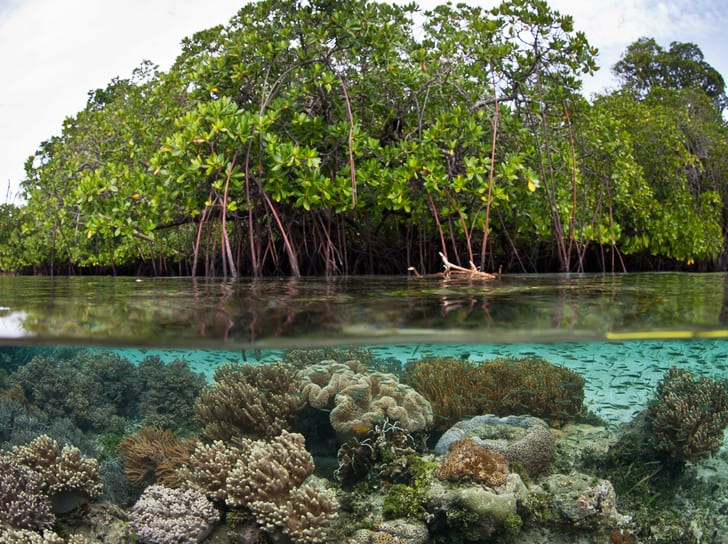Are Mangroves Ecosystems the Richest Carbon Storage?

Mangroves grow along tropical coasts and are unique amongst the world’s plants: they are adapted to live in harsh coastal conditions with high levels of salinity and low oxygen conditions of waterlogged mud. That is why, for a long time, they have been considered as unhealthy areas, and, therefore, have been destructed and converted into aquaculture ponds, agriculture crops or urban developments. However, their benefits are countless, even for the sometimes faraway cities. Mangroves act as a natural dike protecting people and property from the damages caused by storms, sea level rise and king tides. Their aerial roots retain sediments and prevent erosion, while the roots, trunks and canopy reduce the force of oncoming waves and storm surge and thus reduce flooding. Moreover, they are so efficient in capturing atmospheric carbon dioxide due to its oxygen-poor, salty soil provides the perfect setting for long-term preservation of carbon below ground. At the global level, mangroves ecosystems are some of the richest stores of carbon.










